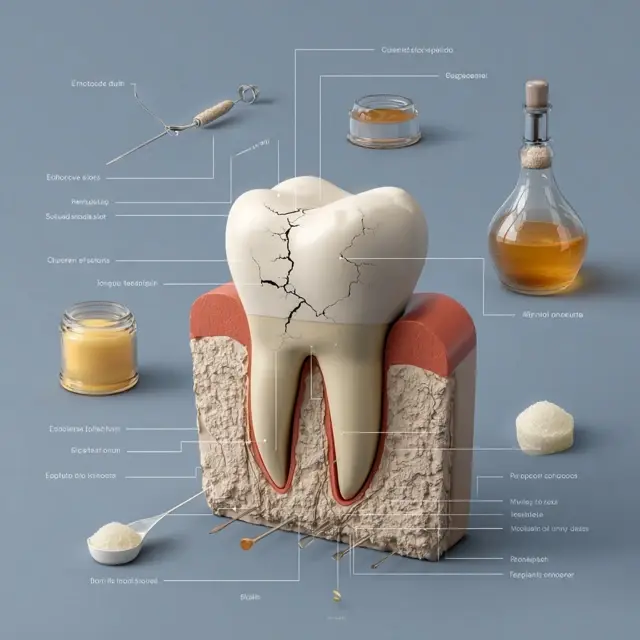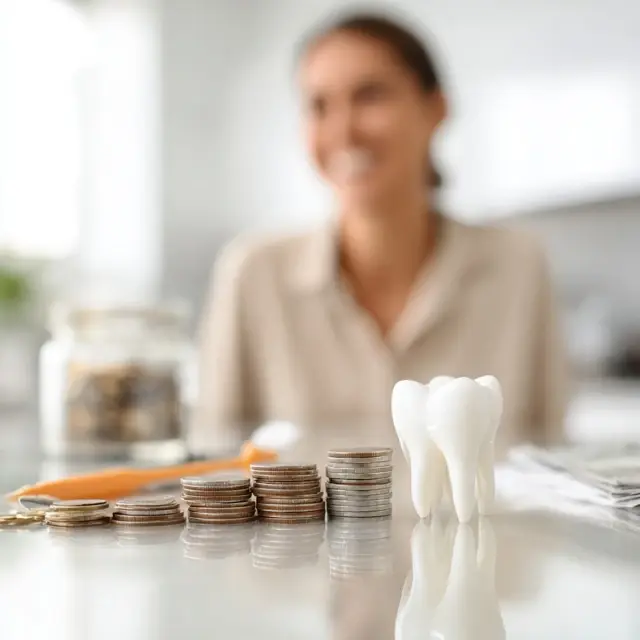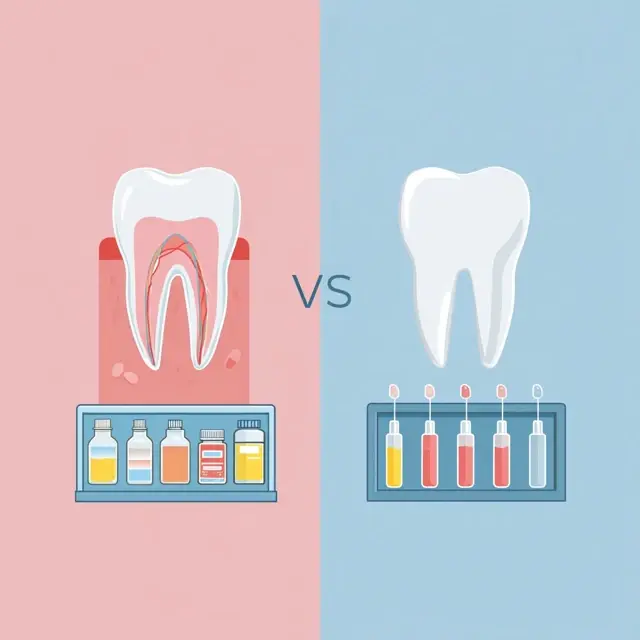Exploring the Science Behind Tooth Repair Kits
Tooth repair kits may seem like simple over-the-counter solutions, but there’s fascinating science behind how they work. Each component is carefully designed to protect, seal, and stabilize teeth during emergencies. By understanding the chemistry and biology at play, we can appreciate why a tooth repair kit is so effective as a temporary solution.
The Core Function of a Tooth Repair Kit
At its heart, a repair kit provides a protective barrier that covers exposed areas of the tooth. This barrier reduces sensitivity, prevents bacteria from entering, and stabilizes the damaged structure until a dentist can provide permanent treatment.
The Science of Dental Compounds
Filling Materials
Most kits use zinc oxide or calcium hydroxide–based compounds. These materials are biocompatible, meaning they are safe for oral tissues, and they form a strong yet temporary seal over cavities or cracks.
Temporary Adhesives
Some repair kits include adhesives for crowns. These rely on resins that create a bond strong enough to hold the crown in place but weak enough for a dentist to remove later without damage.
Setting Reactions
The compounds harden through chemical reactions with moisture or air. For example, zinc oxide reacts with water to form a cement-like material that withstands chewing pressure for several days.
How Tooth Repair Kits Interact with the Tooth
Tooth enamel is the hardest substance in the body, but once compromised, it exposes dentin and sometimes nerves. A repair kit helps by:
- Blocking exposed dentin to reduce sensitivity
- Sealing off entry points to bacteria
- Creating a smoother chewing surface
- Maintaining tooth alignment temporarily
The Role of pH Balance
Many compounds in tooth repair kits are alkaline. This helps neutralize acids from bacteria and food, slowing the progression of decay and protecting the exposed tooth structure.
Limitations of the Science
Despite their effectiveness, repair kits are not permanent solutions. The compounds are softer than professional fillings and can wear down quickly. They also lack the precision shaping and bonding techniques that dentists use for long-lasting restorations.
Everyday Applications of the Science
The scientific principles behind these kits make them ideal for:
- Chipped teeth that need temporary smoothing
- Lost fillings where exposed dentin causes pain
- Loose crowns requiring short-term stabilization
- Minor cracks that need sealing until dental care is available
Final Thoughts
From chemical reactions to biocompatible materials, the tooth repair kit is built on solid dental science. While temporary, it provides protection and comfort during emergencies, giving patients valuable time before professional care. To dive deeper into practical advice, check resources like Tooth Repair Kit Do’s and Don’ts and Tooth Repair Kit FAQs.




